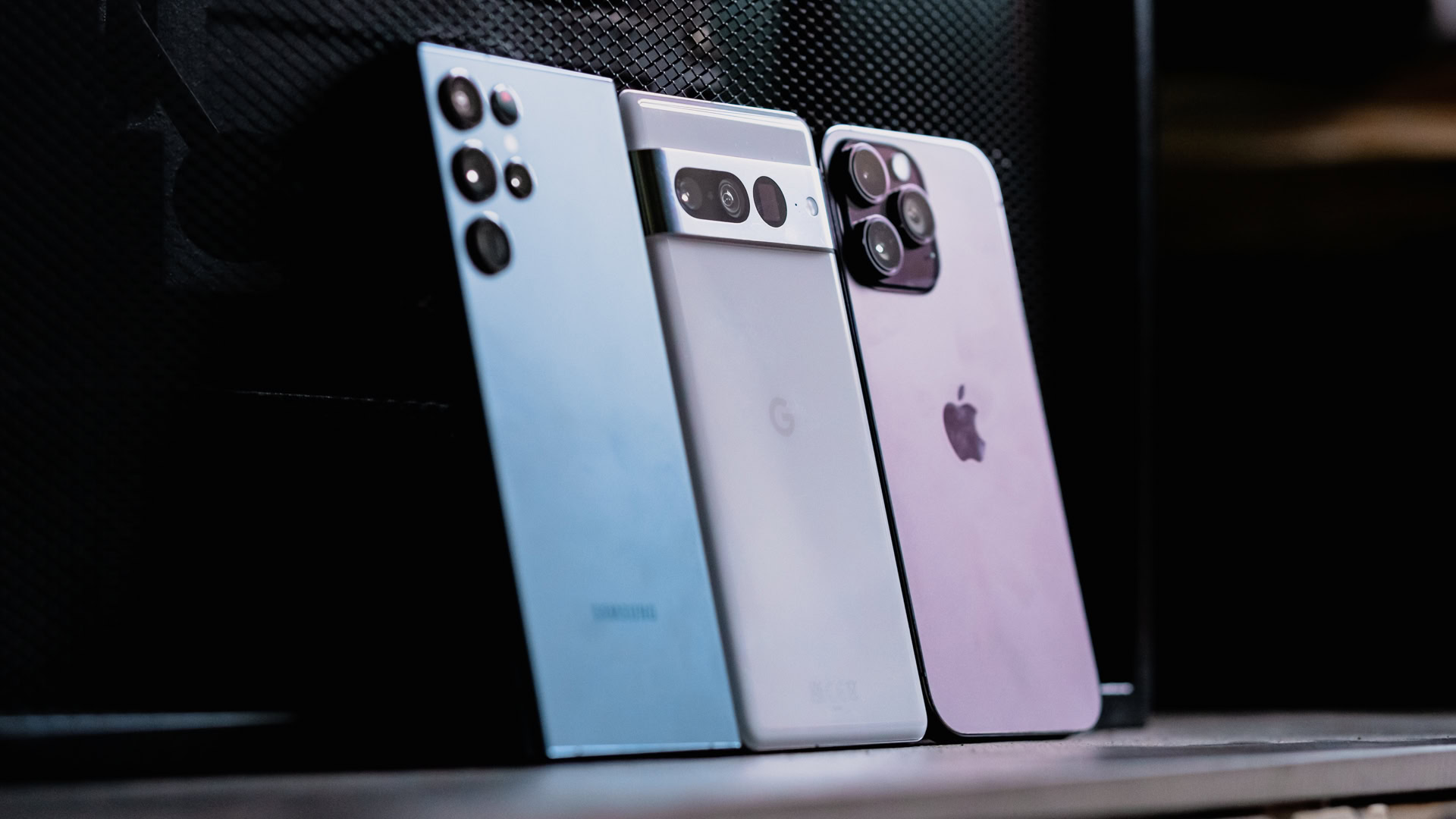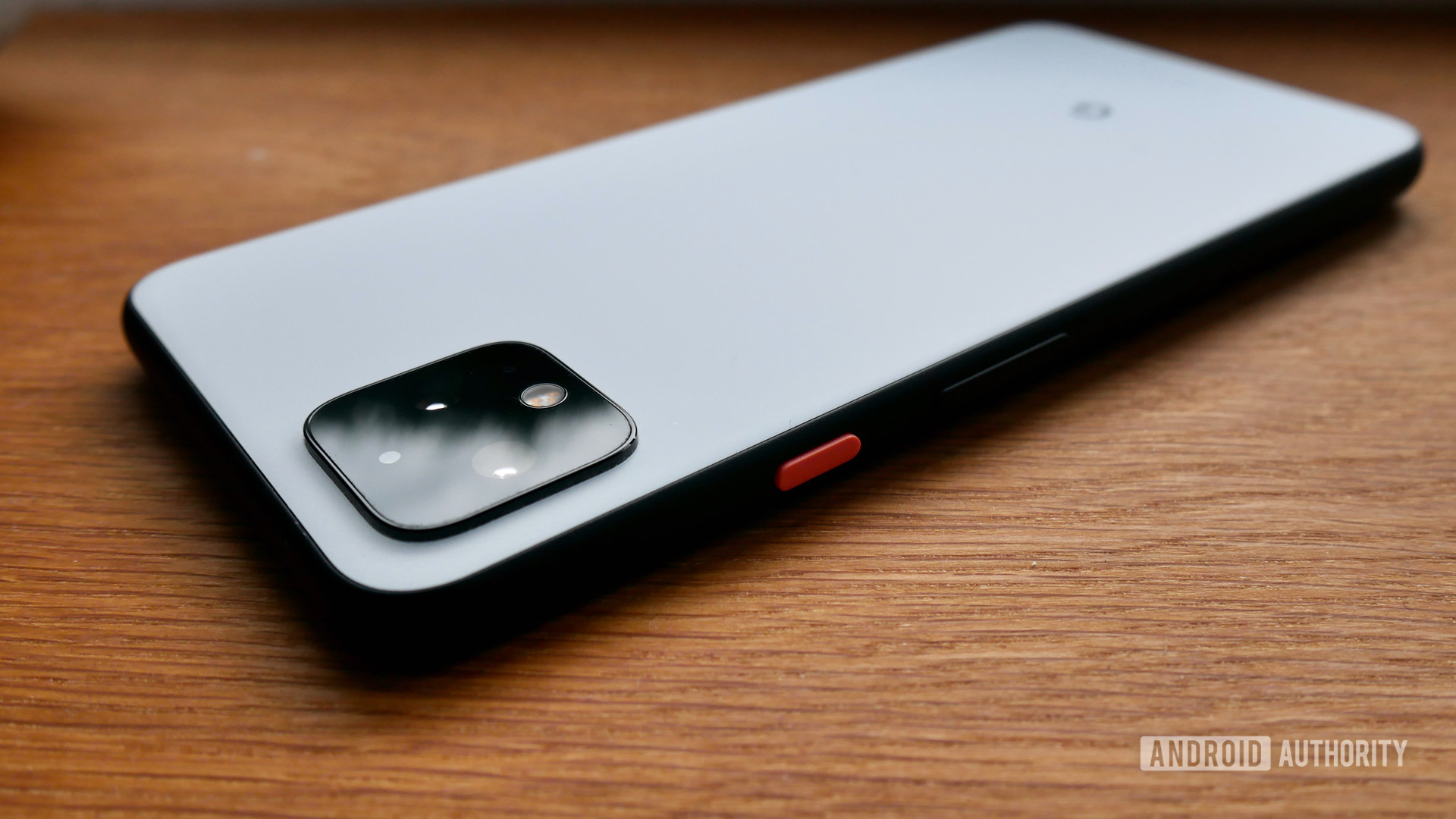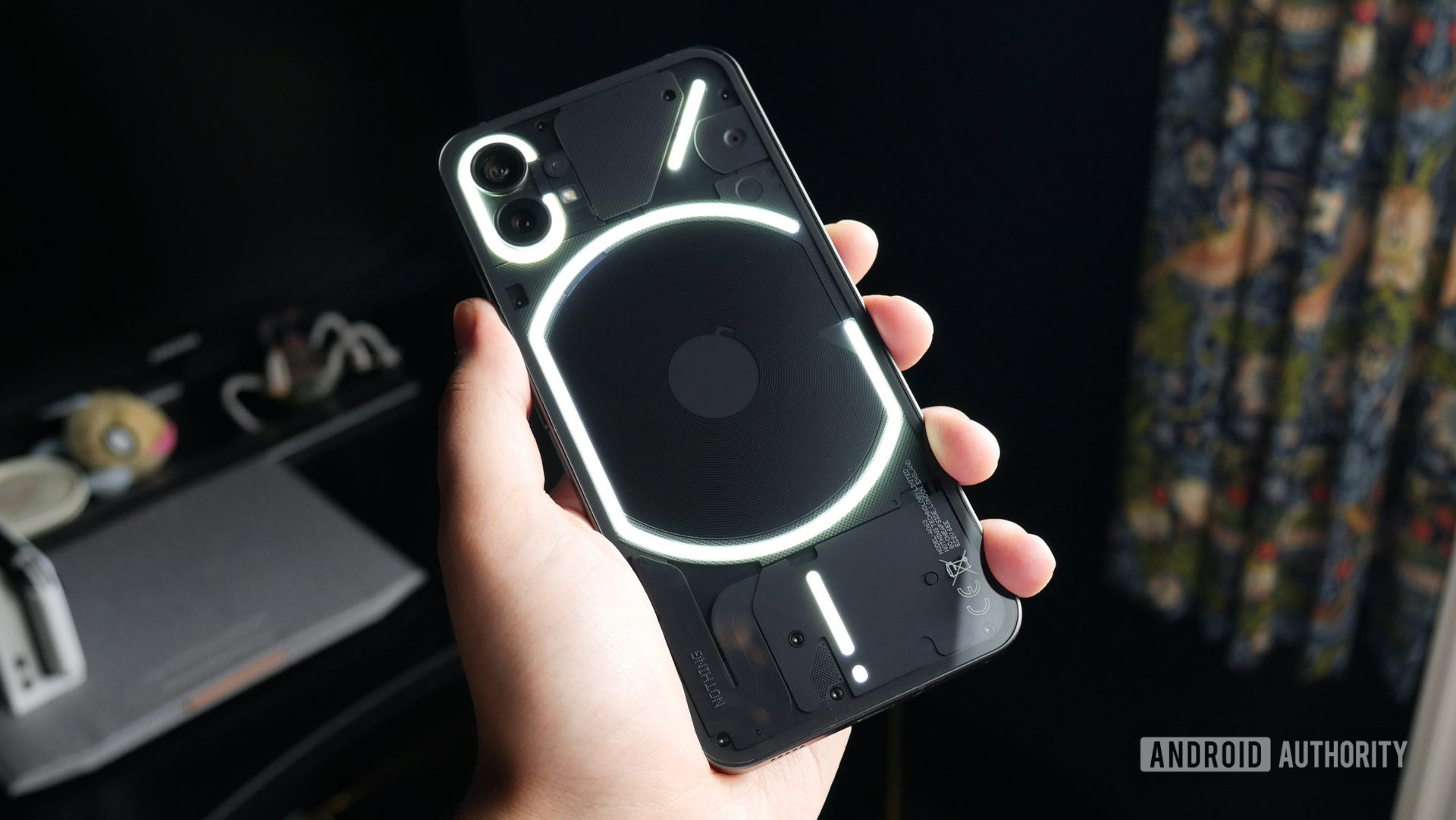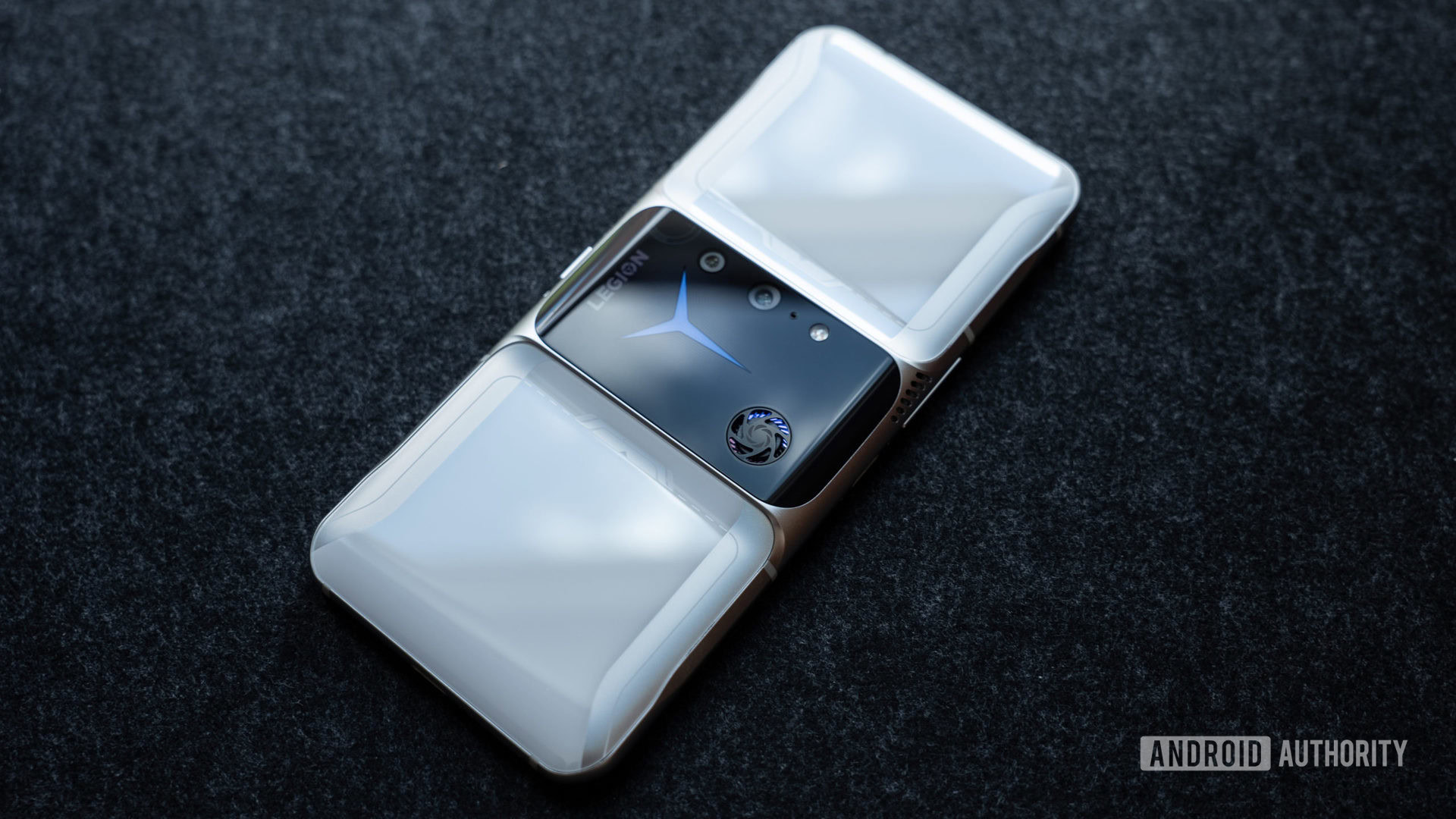Affiliate links on Android Authority may earn us a commission. Learn more.
Gimmicks are dead — just make a good phone

Ten years ago, the 2013 Samsung Galaxy S4 was a technological marvel. Android phones had only been around for a few years at that point, and the Galaxy S4 seemed like it could do so much despite its small size. As consumers, we were enraptured. So much so that the Galaxy S4 remains to this day the best-selling Android phone of all time, with more than 80 million units sold.
However, that was ten years ago — an eternity in the tech world. Things have changed significantly since then. The smartphone gimmicks we saw in the Galaxy S4 — such as Smart Scroll, which allowed you to scroll the contents of your screen by moving your head up or down — would be downright ludicrous to see in a 2023 phone.
Today, smartphones are ubiquitous tools, not tech marvels. Consumers use their phones more than ever, yes, but this has resulted in the shine wearing off. The modern smartphone buyer doesn’t want gimmicks; they want a phone that nails the basics and disappears into the background.
In 2023, if a smartphone manufacturer thinks that some cool new trick will be the lynchpin that sells its phones, it is in for a world of disappointment. Not only will consumers not care, but investing in the R&D for that gimmick might do more harm than good.
What are smartphone gimmicks?

The term “gimmick” can be used quite broadly. Generally, when it comes to smartphones, we think of gimmicks as features that only apply to very specific situations, appeal to a limited subset of users, or offer no true value (or a combination thereof).
One of the most egregious historical examples of smartphone gimmicks was the Soli radar system in the Google Pixel 4 and Pixel 4 XL. Soli was a set of front-facing radar sensors that could track your hand movements. They allowed you to do things like pause music simply by waving your hand near the display. While Soli performed as advertised, consumers simply didn’t care, and the Pixel 4 series was the biggest flop in the history of Pixels.
If your phone's star feature only appeals to a handful of people, it's probably a gimmick.
A more recent example came with last year’s OnePlus 10 Pro. That phone had an ultrawide camera with a field of view of 150 degrees. This was essentially a fisheye lens, creating very warped images that looked unreal. Although software trickery helped fix photos in post-processing, critics and consumers alike saw no need for such a bizarre lens. OnePlus scrapped the lens in the OnePlus 10T and this year’s OnePlus 11.
Here are some other smartphone gimmicks we’ve seen:
- Weird materials: OnePlus recently announced a Jupiter Rock edition of the OnePlus 11. It has a back made out of what is essentially rock. Who asked for this?
- Macro lenses: While a terrific macro lens could be an interesting addition to an otherwise rock-solid lens array, this is not the case most of the time. Often, OEMs will throw in cheap 2MP macro lenses to make it seem a phone is more premium than it is. In other words, the thought process is that more lenses = better cameras, which consumers aren’t fooled by anymore.
- Ultra-fast charging: While it’s pretty crazy to see 240W charging speeds on a smartphone (that’s fast enough to charge from empty to full in about ten minutes), who really needs that? Those speeds are also reportedly detrimental to battery health, reducing the longevity of your phone.
- Cooling systems: The Lenovo Legion Duel 2 — a gaming phone — had a cooling fan built into it. While this is practical for a phone designed for gamers, it made the phone unwieldy, prevented an IP rating, and made wireless charging impossible. It solved one problem at the expense of core smartphone features. Similarly, OnePlus’ most recent concept phone has a liquid cooling system that didn’t even work.
These gimmicks don’t help sell phones because they don’t give us what we really want: a great all-around experience.
But what about phones in specific niches, like rugged phones? Is a rugged phone a gimmick? I would argue it’s not, but they also are not selling in the numbers we see with something like the Galaxy S series. Those phones exist for specific purposes for a particular consumer, so they get a special pass.
Current smartphone successes are all the proof you need

We know why smartphone manufacturers invest in these types of gimmicks. Obviously, they think they will help sell phones or, at the very least, help their products stand out from the crowd. This is a strange strategy because the most successful phones tend to be relatively gimmick-free.
Here in the United States, the iPhone is the most popular smartphone by far. For the first time ever, Apple owns over 50% of the market in the US, leaving the other half to Android OEMs (mostly Samsung). The iPhone doesn’t have many gimmicks to it. One could argue that Dynamic Island is a gimmick, but it’s one that consumers seem to enjoy, so it doesn’t really count.
The most successful phones are, unsurprisingly, also some of the most gimmick-free.
In second place, Samsung’s Galaxy S series also stands out as being devoid of gimmicks. The Galaxy S23 Ultra’s S Pen might be a bit gimmicky to some. Still, it’s also incredibly popular and a calling card of the premium Galaxy experience, so we’ll happily let that slide. The Galaxy S23 and Galaxy S23 Plus, though, are borderline boring with how practical and no-nonsense they are. And guess what? The Galaxy S23 line is selling better than the Galaxy S22 line.
Of course, we can’t forget Google’s line of Pixels. The Google Pixel 7 Pro doesn’t have any outlandish gimmicks, and it was voted the best Android phone of 2022 by both Android Authority and our readers. It’s quite interesting that when Google abandoned gimmicks, it ended up selling more phones than ever.
Clearly, phones can be hits with consumers without gimmicks. However, Dynamic Island and the S Pen show that there’s still room for fun and doing things differently.
Phones can still be fun, though

We’ve already discussed plenty of examples of stupid smartphone gimmicks getting in the way of a good experience. However, some gimmicks work.
Take the Nothing Phone 1, for example. The lights on the back of the device — officially known as The Glyph — would seem to be a silly gimmick. Once you use the phone, though, you realize that it’s actually a rock-solid Android smartphone with the addition of a weird light show. In other words, The Glyph can be ignored, and you’ll still have a great Android experience with a very fair cost-to-value ratio.
I am not anti-gimmick. There's plenty of room for fun features.
This is a perfect example of how doing gimmicks right can be advantageous. Nothing didn’t cram in The Glyph at the expense of wireless charging, a premium feel, or a decent camera system. It used the light gimmick like a garnish on top of a satisfying meal. It’s a nice detail that accentuates an already good dish.
Google’s Magic Eraser is another example of a gimmick that works. Since the Pixel camera experience is already one of the best (if not the best) phone camera experiences available, the Magic Eraser feature exists as a useful tool for people looking to fix up otherwise great photos. You don’t need Magic Eraser, but it’s practical and fun when you want it.
This is all to say that smartphones don’t need to be boring. There’s plenty of room for fun gimmicks, cool aesthetics, and thought-provoking twists. But gimmicks can’t be the selling point of the phone. They need to be side players.
OEMs will need to shift focus — or drown

Remember the Lenovo Legion Duel 2, the phone with a built-in cooling system? Unfortunately, that gimmick didn’t work out too well for Lenovo. Just recently, the company confirmed to Android Authority that it had shut down the smartphone arm of Legion.
We’ve also mentioned OnePlus a few times in this article. That company isn’t doing too well, either. There’s a rumor that it and its sister brand OPPO could pull out of the European market either this year or in 2024. OnePlus has lost all its carrier partnerships in the United States, and its latest flagship — the OnePlus 11 — isn’t getting strong reviews. Once again, the gimmicks don’t seem to have helped here.
What's your opinion on smartphone gimmicks?
This all supports my central argument: gimmicks don’t sell phones. We have settled on wanting phones that excel at the basics: battery life, camera, display, ease of use, performance, etc. I could also argue that design is equally important here, although that’s more subjective than something like battery life. What doesn’t matter are superfluous lenses, radar systems, cooling fans, back panels made of rock, and all the other gimmicks we’ve seen.
Companies that are still stuck in 2013 thinking that cool gimmicks will sell lots of phones are going to need to wake up from that dream sooner rather than later. Apple and Samsung are eating your lunch and are doing it without any reliance on gimmicks. Make your phones great at a competitive price, and we’ll buy them. It’s that simple.